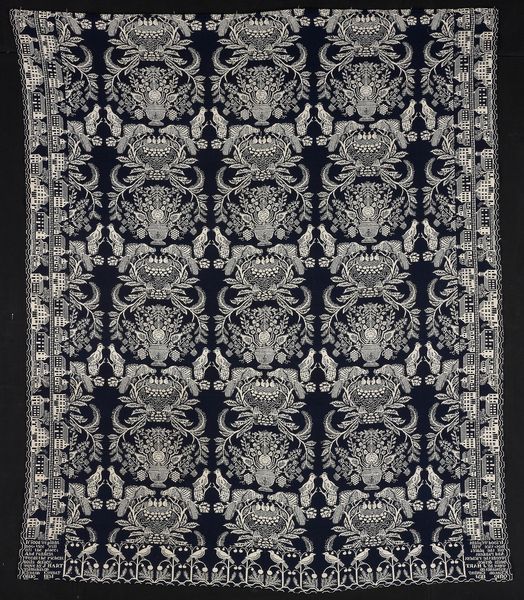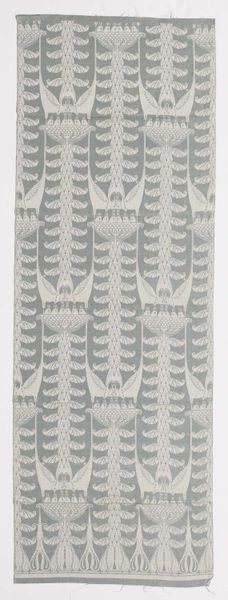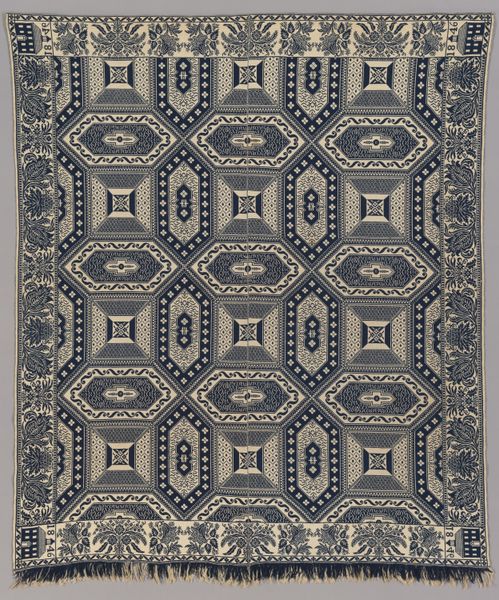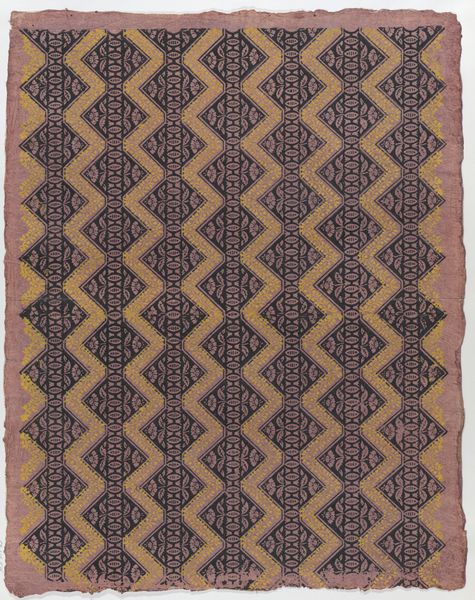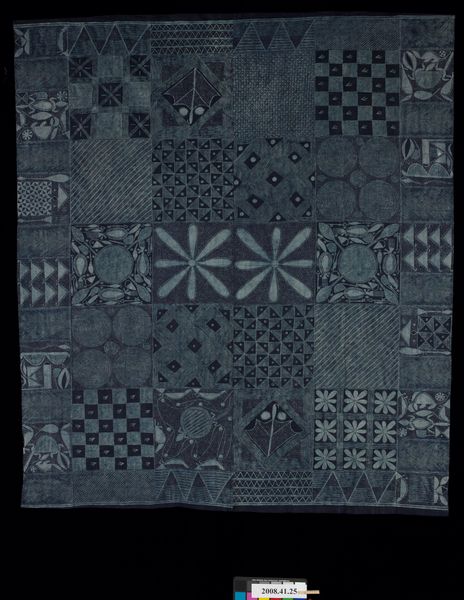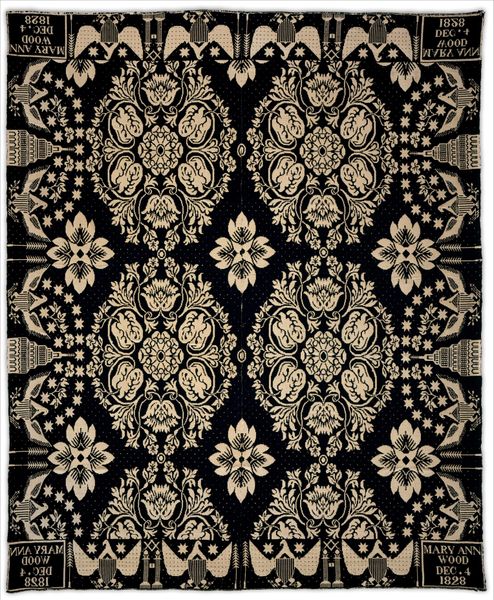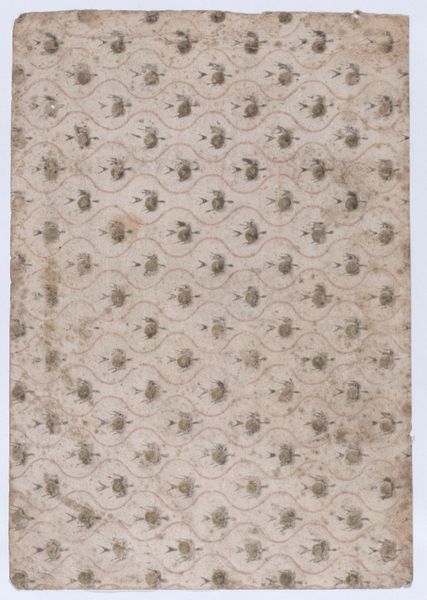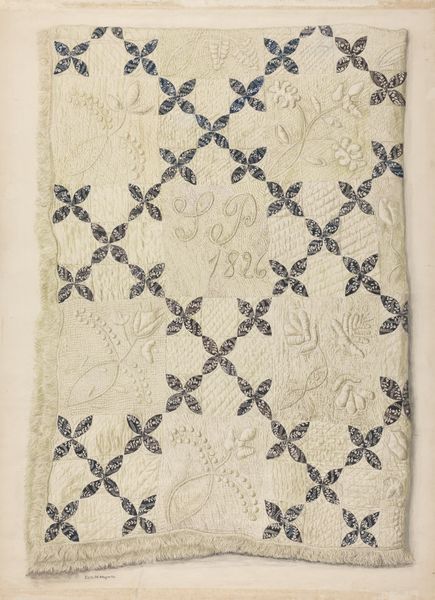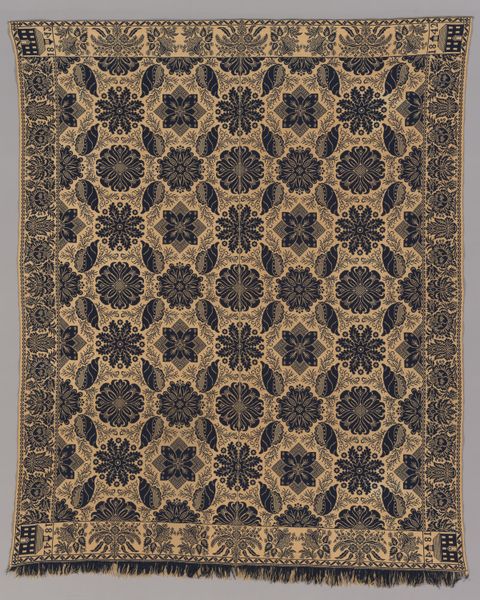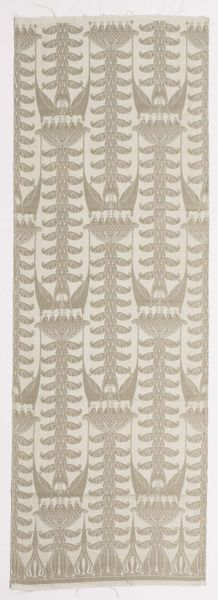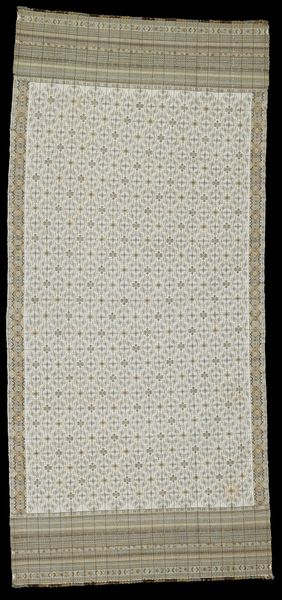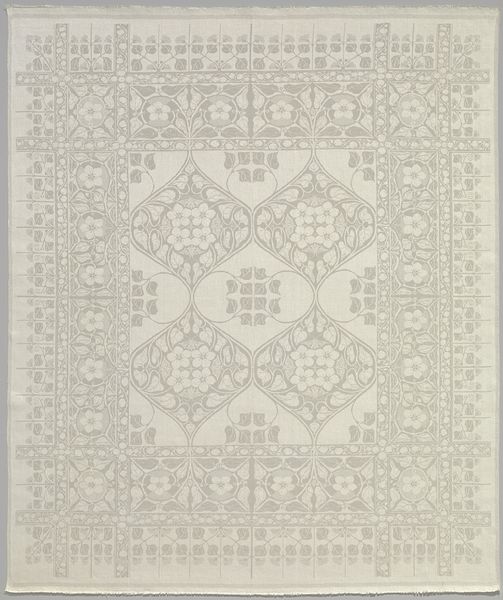
silk, textile
#
silk
#
textile
#
11_renaissance
Dimensions: 10 x 7 in. (25.4 x 17.78 cm)
Copyright: Public Domain
Curator: Look at this delicate fragment, titled "Border." Created around the 16th century, this textile work, currently held in the Minneapolis Institute of Art, is a testament to the skilled artistry of the Renaissance period. Editor: It's captivating! The texture appears incredibly fine, almost ethereal. I imagine it demanded countless hours of meticulous labor to create something this intricate. Curator: Exactly! The process involved transforming raw silk into such refined lace speaks volumes. It likely served a specific social purpose. Who would have commissioned this? Who would have worn it, and at what kind of event? Its fragility also poses questions about conservation efforts and the lives of the artisans. Editor: Considering its use, silk borders often adorned the clothing of nobility. Seeing something like this, you think of shifting trade routes across Europe that made such a material like silk more available, right? The creation of a work like "Border" surely impacted local economies as it shaped fashion in larger, material ways. The rise of mercantile capitalism probably changed these workshops. Curator: Absolutely! And given that this textile is an anonymous work, there are numerous untold stories regarding labor conditions during that era. How did workshop systems evolve, what sorts of societal factors fostered certain artisan communities and how were such systems impacted by state level policies, and in what way did textile production intersect with broader systems of resource exploitation? The work encourages such considerations about the nature of textile production at the time, particularly regarding the distribution of skilled craftsmanship and what type of market was the final piece intended for. Editor: True. Examining how such workshops were organized by the various socio-economic hierarchies really helps illustrate labor histories. To even try imagining such networks helps one better grasp what all it involved to even wear such finery during the renaissance. "Border" speaks volumes through the intricate arrangement of threads. Curator: And in its fragility, we can contemplate the challenges of preserving historical textiles as social documents. This fragment invites discussions on artistic labor, economic forces, and cultural expression during a transformative period. Editor: Indeed, this small border opens into endless questions.
Comments
No comments
Be the first to comment and join the conversation on the ultimate creative platform.

